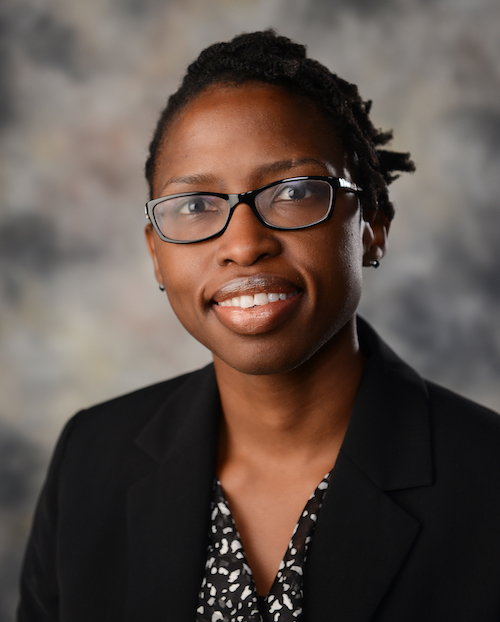Rate of highchair misuse climbs

DALLAS – Feb. 18, 2019 – The Consumer Product Safety Commission reports a 25 percent leap in children injured using highchairs – the biggest jump in large-volume categories that included highchairs, strollers, cribs/mattresses, and infant carriers.
Dr. Nakia Gaines, an emergency medicine pediatrician at UT Southwestern Medical Center and Children’s Health who researches injury prevention strategies, suggests highchairs be used primarily for mealtimes. Most of the reported accidents are falls that happen when bored children stand while attempting to exit chairs and tumble, causing head, neck, and facial injuries ranging from cuts to concussions.
“Infants and toddlers should not be trusted to sit, especially for long periods of time, when unrestrained,” Dr. Gaines says. “Highchairs are designed to restrain children while they are eating. Even if the chair is used for other purposes – restraint during food preparation or to allow other family members to complete their meal – the child should always be restrained and supervised.”

Other highchair tips from Dr. Gaines include:
- Ensure that chairs have safety straps, featuring either a three-point or five-point harness along with a crotch strap.
- When setting up the chair, position it so that it’s away from the table or wall so young occupants can’t kick or push the chair over.
- When buckling in a child, make sure the straps are well attached and that they’re snug around the child. In this case, wiggle room presents a problem.
- In restaurants, insist that highchairs or booster seats have functional straps that are in working order.
- If possible, consider using playpens near kitchens or work areas. That way, toys or other activity items can keep children busy and happy while adults work.
- When buying or browsing, look for a sticker from either JPMA (Juvenile Products Manufacturers Association) or ASTM International to help ensure the product meets safety standards.
About UT Southwestern Medical Center
UT Southwestern, one of the premier academic medical centers in the nation, integrates pioneering biomedical research with exceptional clinical care and education. The institution’s faculty has received six Nobel Prizes, and includes 22 members of the National Academy of Sciences, 17 members of the National Academy of Medicine, and 15 Howard Hughes Medical Institute Investigators. The full-time faculty of more than 2,500 is responsible for groundbreaking medical advances and is committed to translating science-driven research quickly to new clinical treatments. UT Southwestern physicians provide care in about 80 specialties to more than 105,000 hospitalized patients, nearly 370,000 emergency room cases, and oversee approximately 3 million outpatient visits a year.
